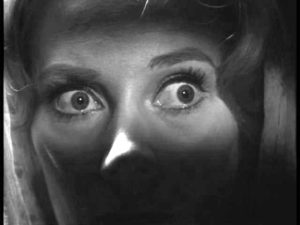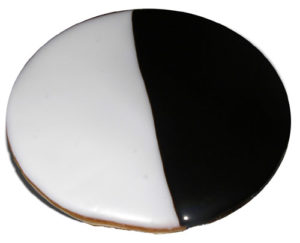If you pull on an object with a rope, the rope will stretch slightly (often imperceptibly). This stretch in the rope will cause the rope to be taut (e.g. under tension) which allows the rope to transfer a force from one side of the rope to the other.
We’ve all seen movies or read books that  had us either figuratively or literally sitting on the edges of our seats. Those crazy action sequences where you can’t see a way out for the hero, or the moment when the love interest has to come clean about lying to the heroin in order to win her heart, or that breathless heartbeat right before the couple’s first kiss.
had us either figuratively or literally sitting on the edges of our seats. Those crazy action sequences where you can’t see a way out for the hero, or the moment when the love interest has to come clean about lying to the heroin in order to win her heart, or that breathless heartbeat right before the couple’s first kiss.
As a writer, your reader’s emotions become ropes, and your story the force pulling on them. Not pushing, but pulling. Drawing them in, keeping them wondering how the guy can date two women on the same night and get away with it, or watching as the characters step farther and farther into the haunted mansion.
I remember reading Fellowship of the Rings for the first time. It was early in the morning and I was in my creepy basement on the treadmill. I only turned one light on so I could read while I walked. This particular morning I found myself in the section of the book where the fellowship enters the Mines of Moria. The prose is of course beautiful, the language masterfully chosen to set the air of fear, suspicion, and abandonment.
By the time the party reaches the room where Balin made his last stand, I was on the edge of my seat. They find the book and begin to read about how the dwarves were overwhelmed by the orcs. Then the drums begin.
Doom.
My heart was pounding far faster than it should have been, and I kept turning the speed up on the treadmill.
Seriously, I was practically running. It was at that moment I understood what an author could make a reader feel with tension. How Tolkien slowly pulled on that rope, tightening it with each page while at the same time giving the characters just enough hope to keep them going.
This month we’ll be sharing some of the ways to put tension into stories. From romantic to action. There will be something for everyone. Stick around, it’s going to be good.





